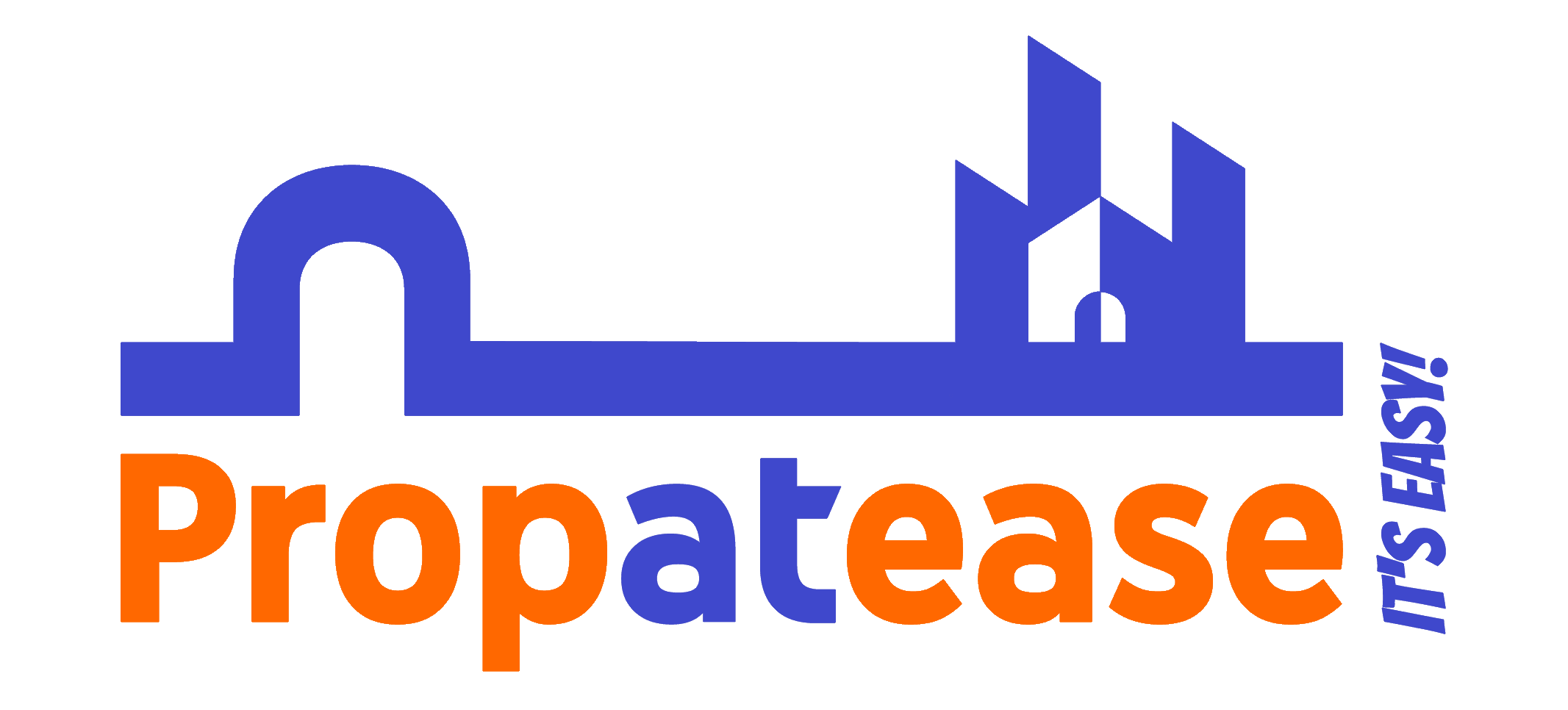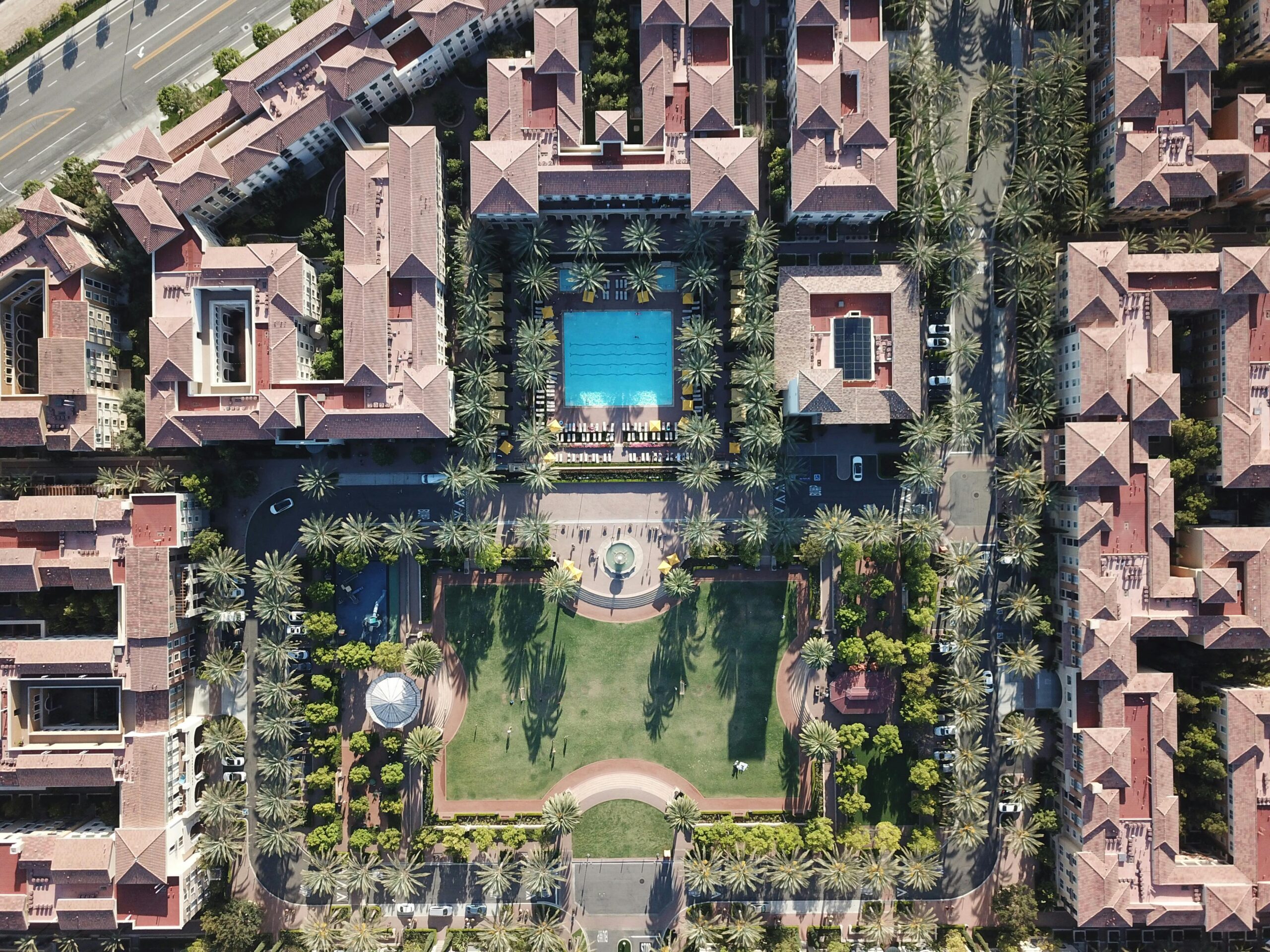Sustainable design has emerged as a powerful force in shaping the real estate value in Bangalore, transcending from a trend to a fundamental aspect of property valuation. Beyond its positive impact on the environment, sustainable design is increasingly recognized for its influence on property values. In this comprehensive exploration, we will delve into how sustainable design practices contribute to the value of real estate and why they have become a significant consideration for both homeowners and investors.
1. Energy Efficiency and Cost Savings:
One of the primary components of sustainable design is a focus on energy efficiency. Homes equipped with energy-saving features such as solar panels, energy-efficient appliances, and advanced insulation not only reduce their environmental footprint but also provide tangible cost savings for homeowners. Lower utility bills and increased energy efficiency contribute directly to the overall value of a property.
Homebuyers today are increasingly aware of the long-term cost implications associated with energy consumption. A home designed with sustainability in mind can attract a premium in the real estate market, offering not just a place to live but a pathway to financial efficiency.
2. Enhanced Market Appeal:
Sustainable design features have broad market appeal, appealing to environmentally conscious consumers and those seeking modern, forward-thinking homes. As the demand for sustainable living increases, properties with green features become more attractive to a wide range of buyers.
Green certifications, such as LEED (Leadership in Energy and Environmental Design), serve as a testament to a property’s commitment to sustainability. Homes with these certifications often enjoy enhanced market visibility and a competitive edge, ultimately contributing to higher property values.
3. Quality of Life and Well-Being:
Sustainable design is not just about minimizing environmental impact; it also prioritizes the well-being of occupants. Homes with features like ample natural light, improved air quality, and eco-friendly materials create healthier living environments. The emphasis on quality of life resonates with homebuyers seeking not only a place to live but a space that promotes overall well-being.
Properties that prioritize occupant health through sustainable design practices may command higher values in the real estate market, as buyers increasingly prioritize homes that contribute positively to their lifestyle and health.
4. Long-Term Resilience and Value Retention:
Sustainable design isn’t just a current trend—it’s a strategy for long-term resilience. Homes equipped with resilient and sustainable features, such as durable materials and water-efficient systems, are better equipped to withstand the test of time. The durability and longevity associated with sustainable design contribute to the retention of property value over the years.
Investors and homeowners alike recognize the importance of properties that can weather economic fluctuations and changing market conditions. Sustainable design not only future-proofs a property but also positions it as a stable and valuable asset.
5. Regulatory Compliance and Future-Proofing:
As governments and municipalities increasingly prioritize sustainability, homes designed with eco-friendly features are more likely to comply with evolving regulations. This compliance not only ensures that a property aligns with current environmental standards but also shields homeowners from potential future retrofitting costs to meet new requirements.
Investing in a home with sustainable design elements is a strategic decision that can insulate homeowners from future regulatory changes, further enhancing the property’s long-term value.
6. Community Integration and Social Responsibility:
Sustainable design goes beyond individual properties; it extends to the broader community and its impact on the environment. Homes situated in sustainable communities or those actively contributing to local ecological initiatives often experience a boost in value. Buyers are increasingly drawn to neighborhoods that align with their values, emphasizing the importance of social responsibility and community well-being.
The integration of sustainable design elements not only benefits individual properties but contributes to the development of environmentally conscious and socially responsible communities, positively influencing property values across the board.
7. Increased Appraisal and Financing Opportunities:
The positive impact of sustainable design on property value is increasingly recognized by appraisers and financial institutions. Many appraisers now consider green features when evaluating a property, which can lead to a higher appraised value. Additionally, some financial institutions offer favorable terms or incentives for properties with sustainable features, recognizing their long-term value and reduced risk.
In conclusion, sustainable design has evolved from a niche consideration to a mainstream factor influencing real estate value in Bangalore. Homes equipped with energy-efficient features, green certifications, and a commitment to environmental responsibility are increasingly sought after in today’s market. As the demand for sustainable living continues to rise, the impact of sustainable design on real estate value is poised to remain a significant and enduring trend. Whether you are a homeowner looking to enhance your property’s value or an investor seeking long-term resilience, embracing sustainable design is a strategic decision that aligns with the evolving priorities of today’s real estate market.


